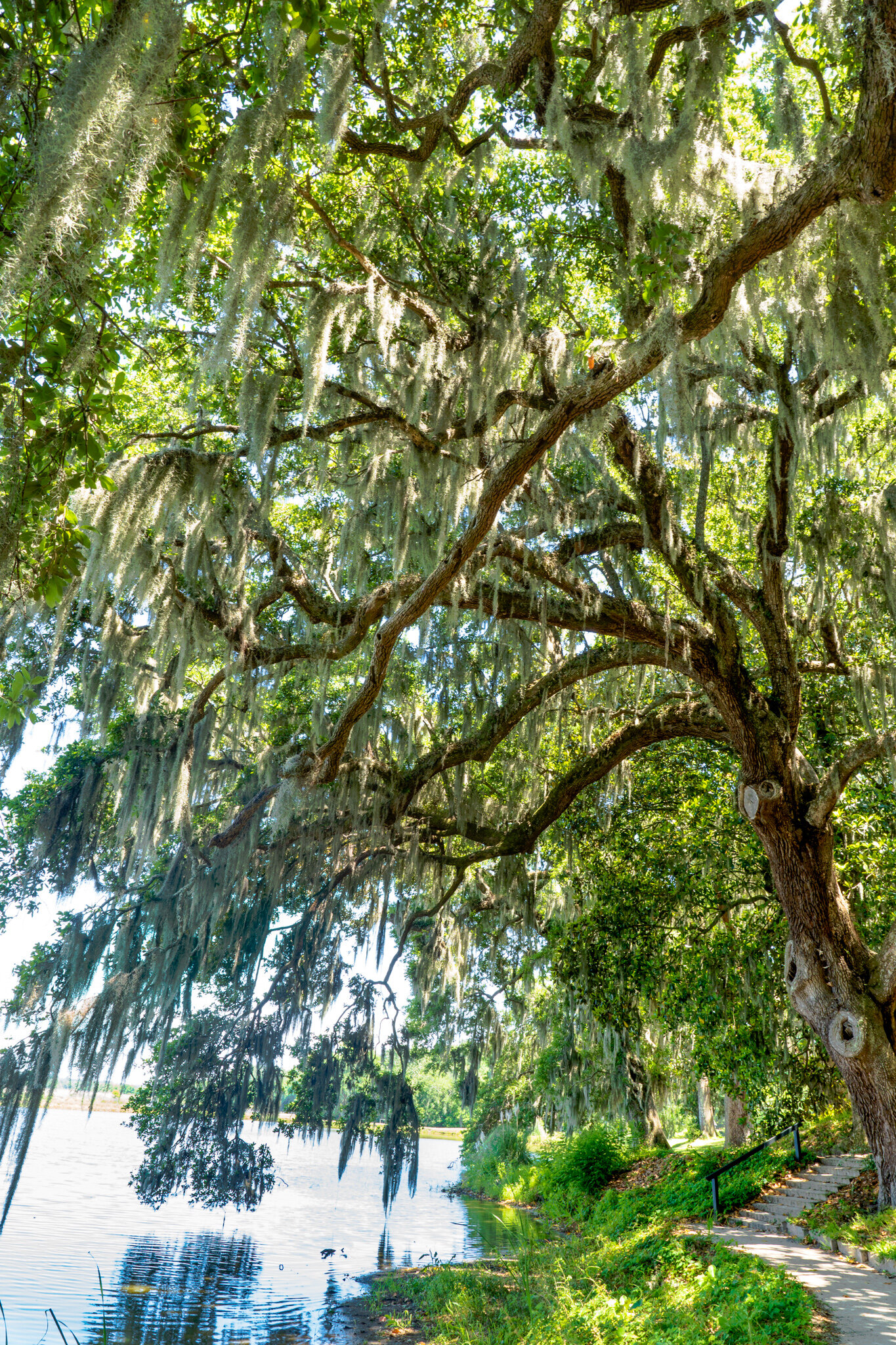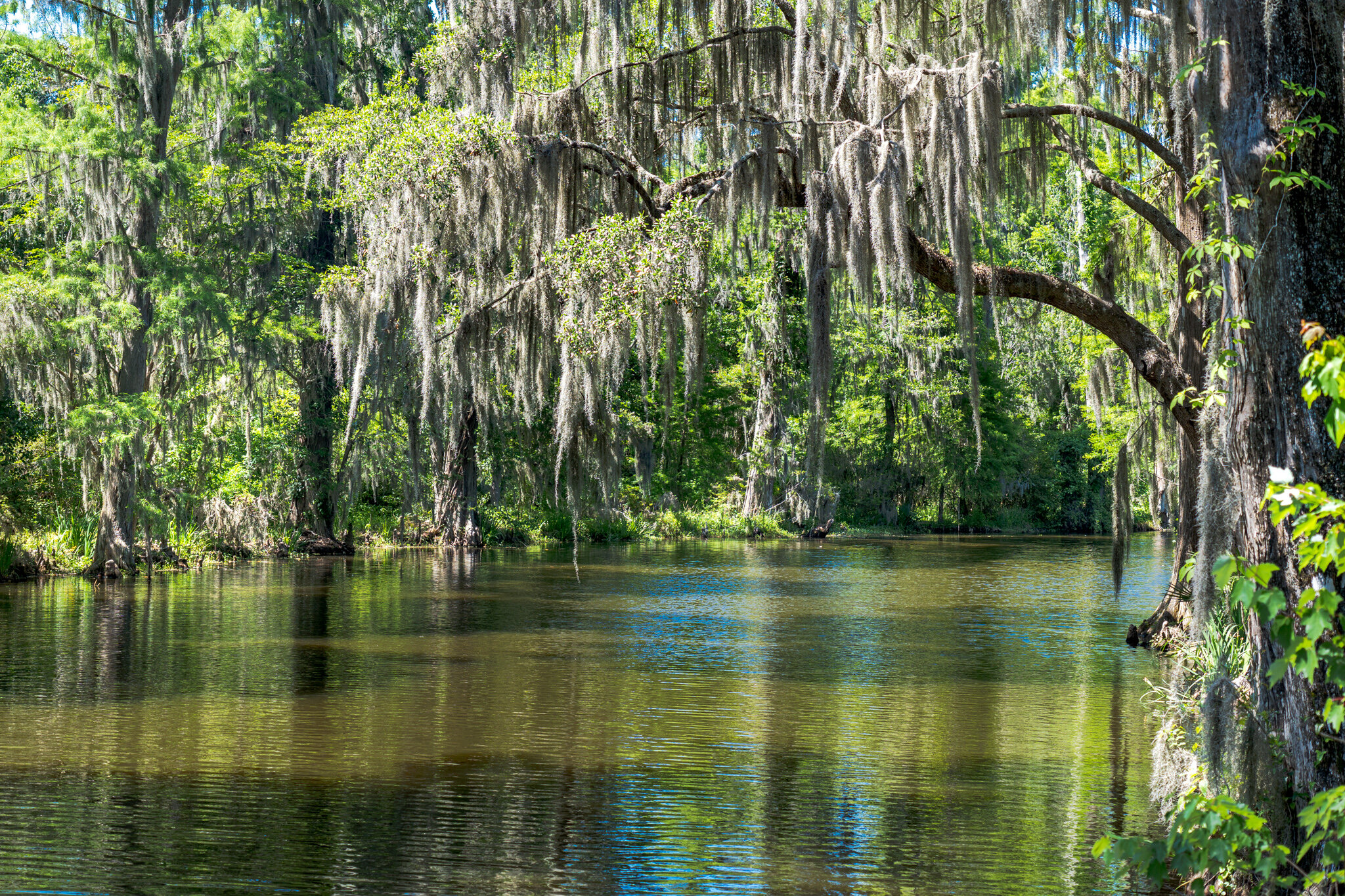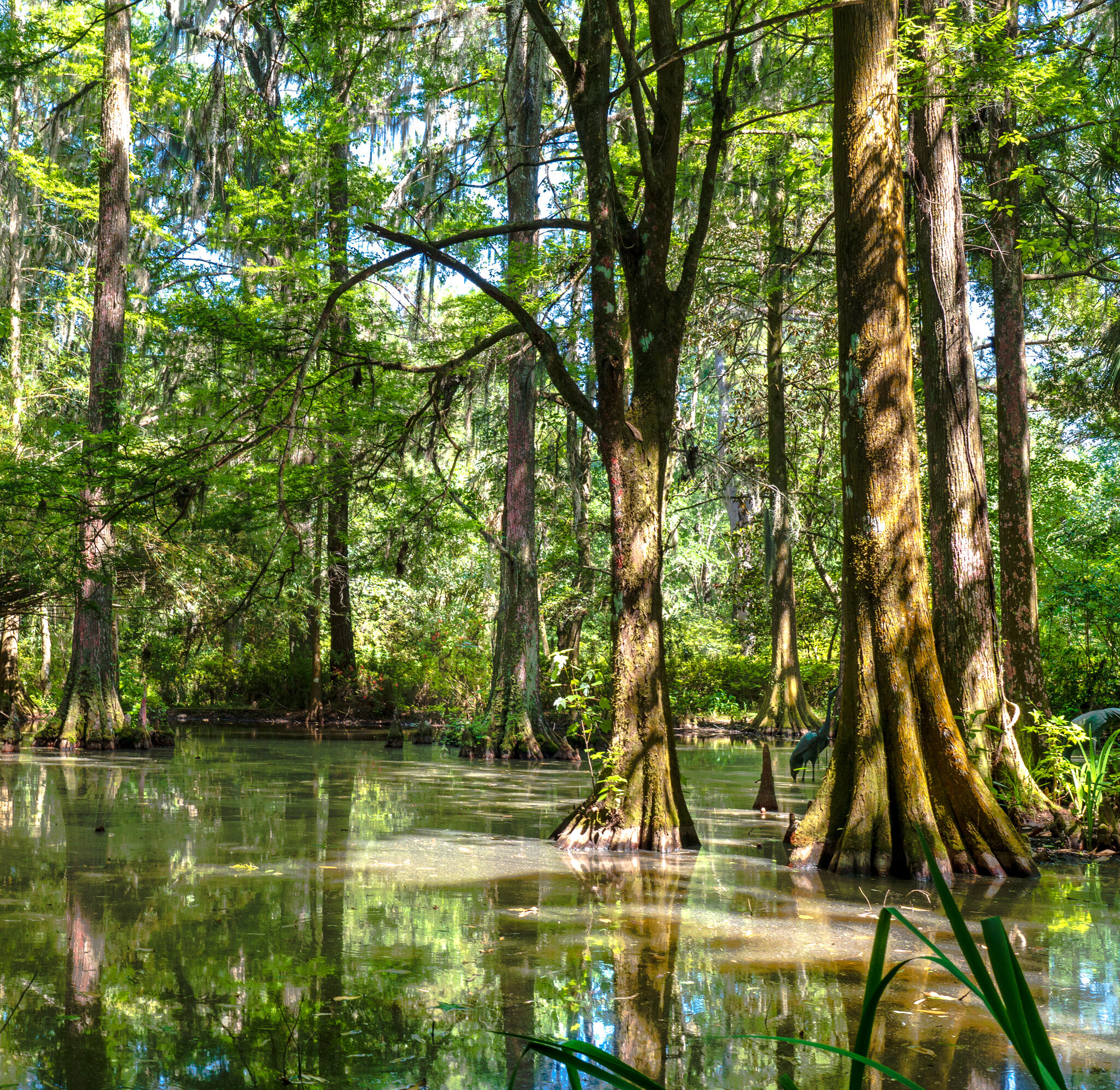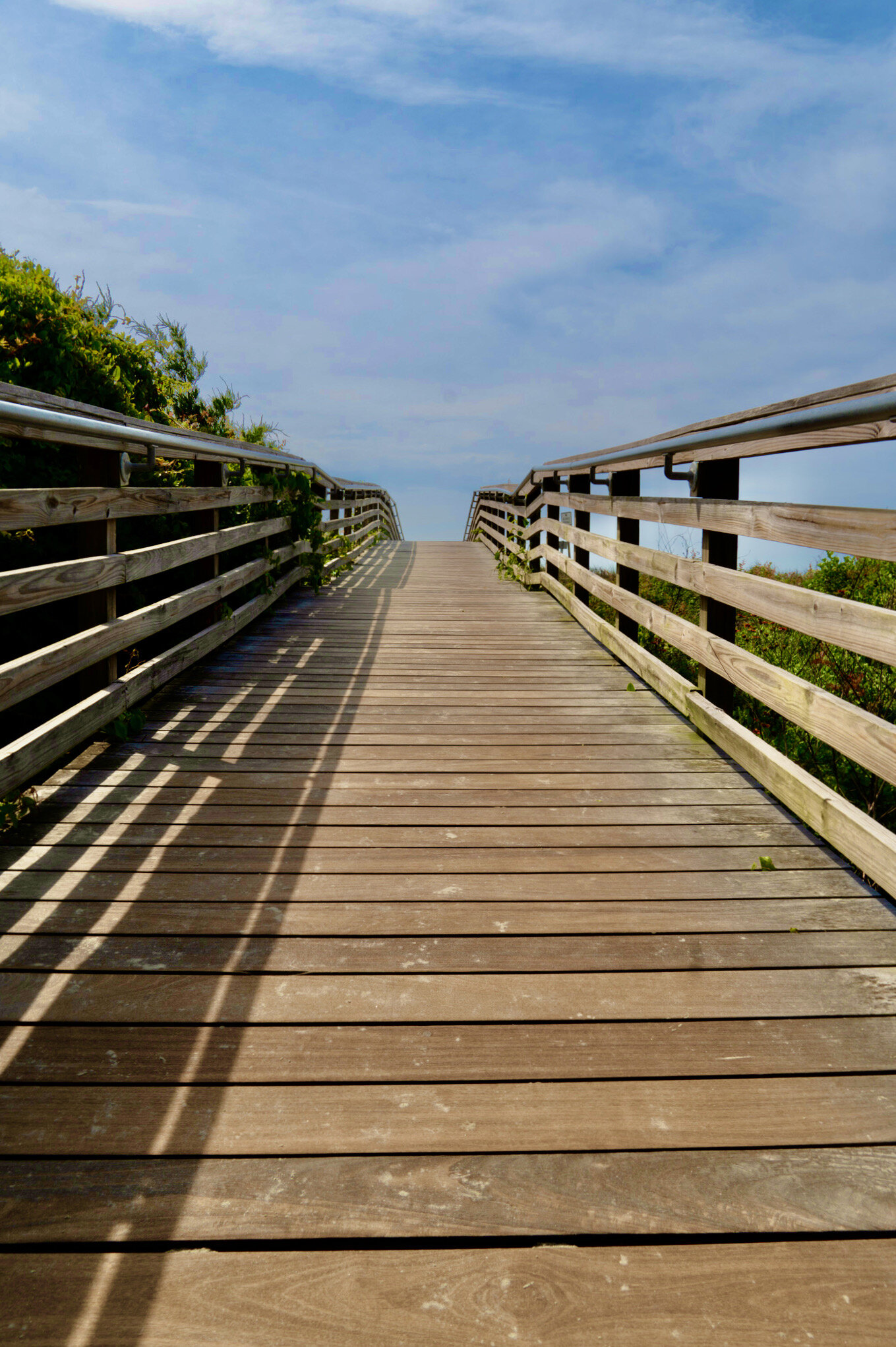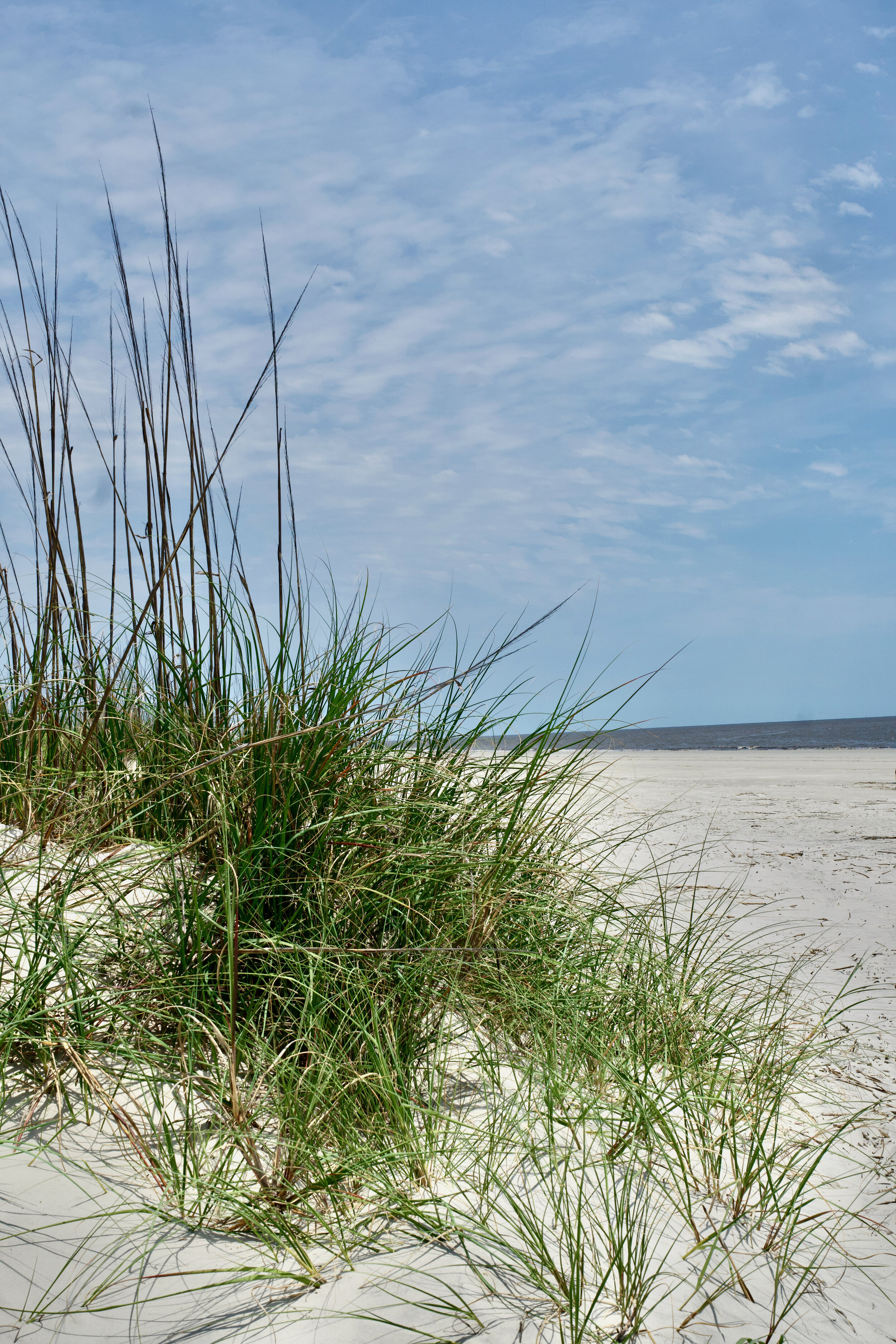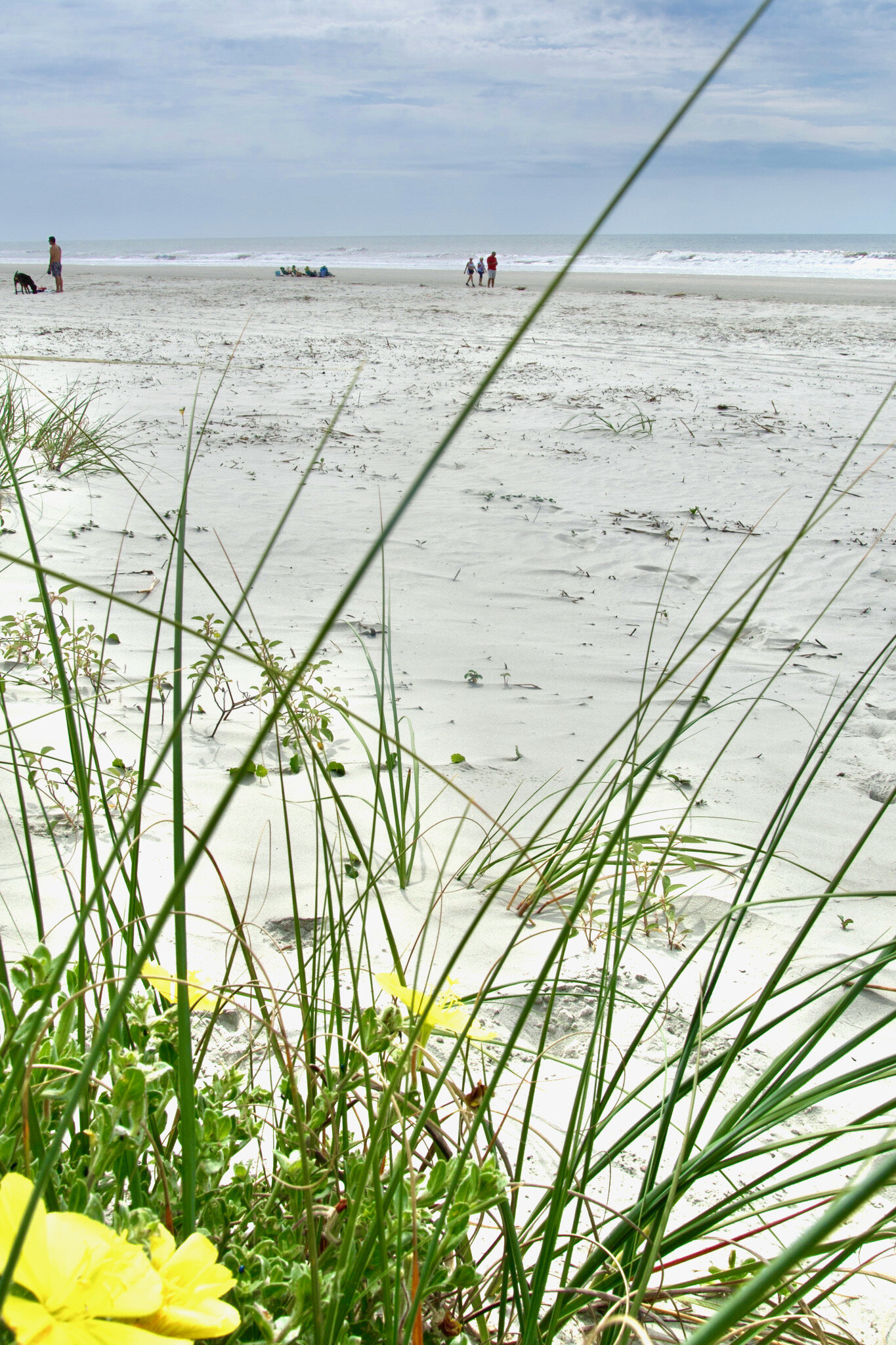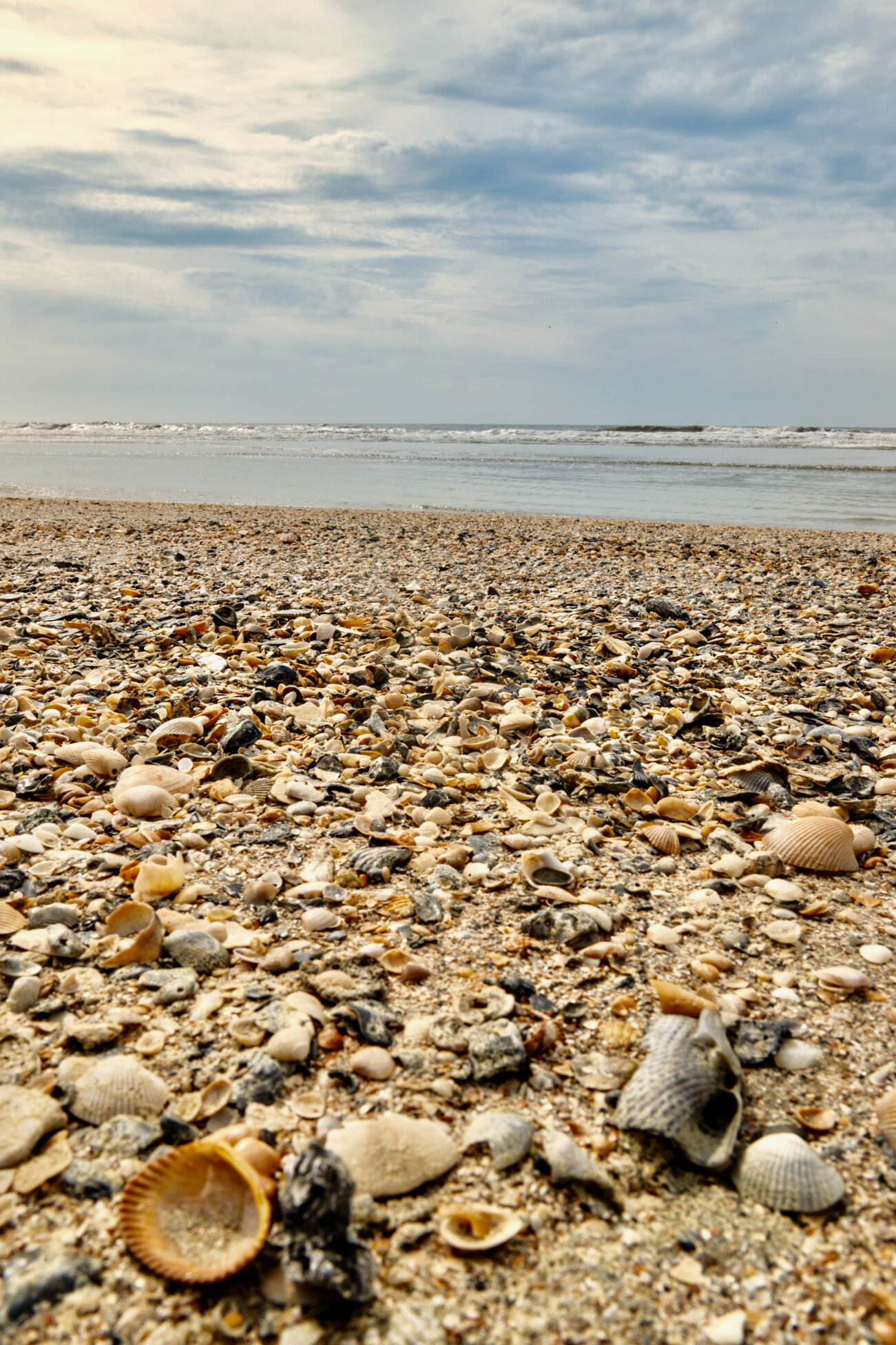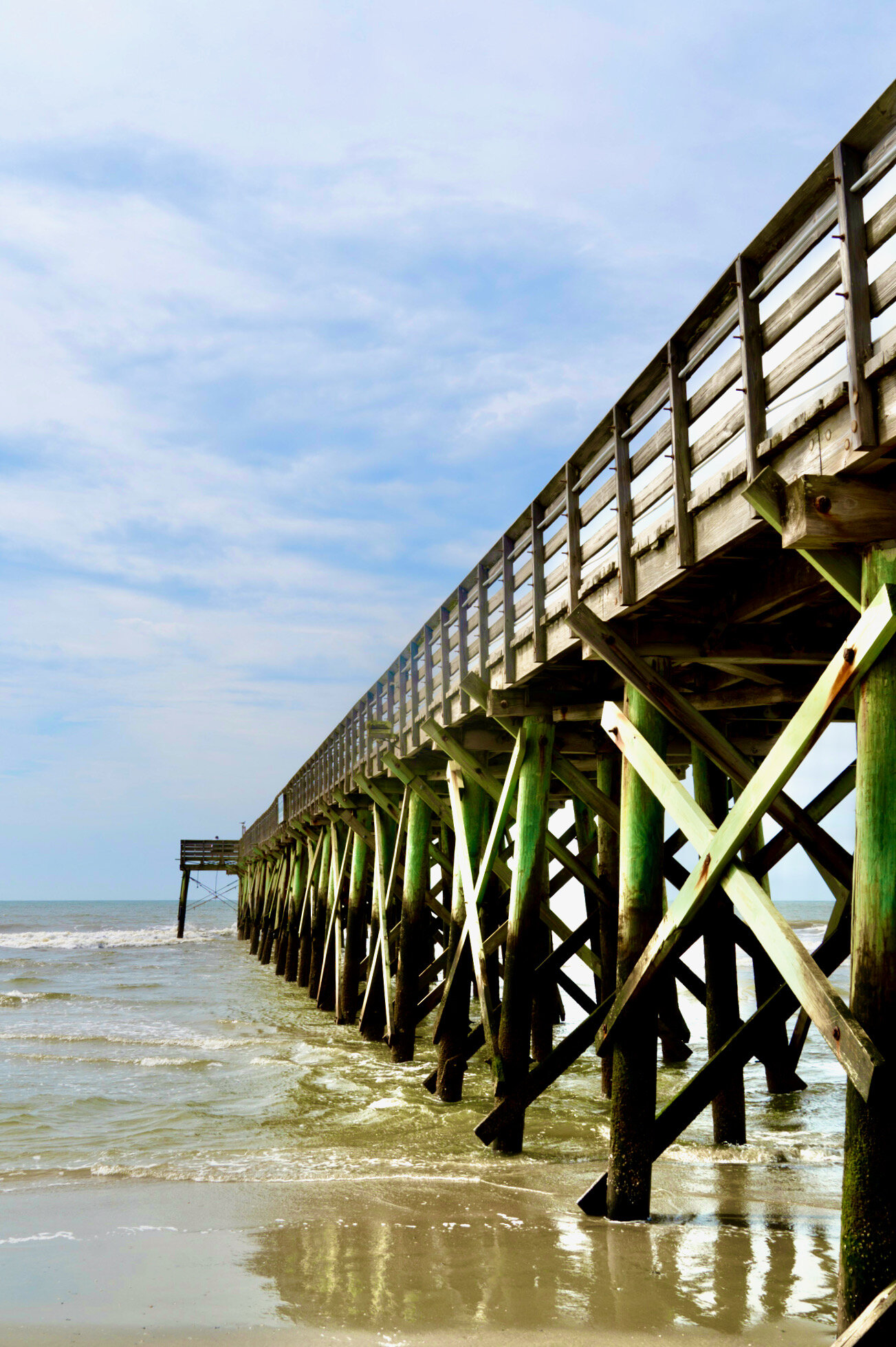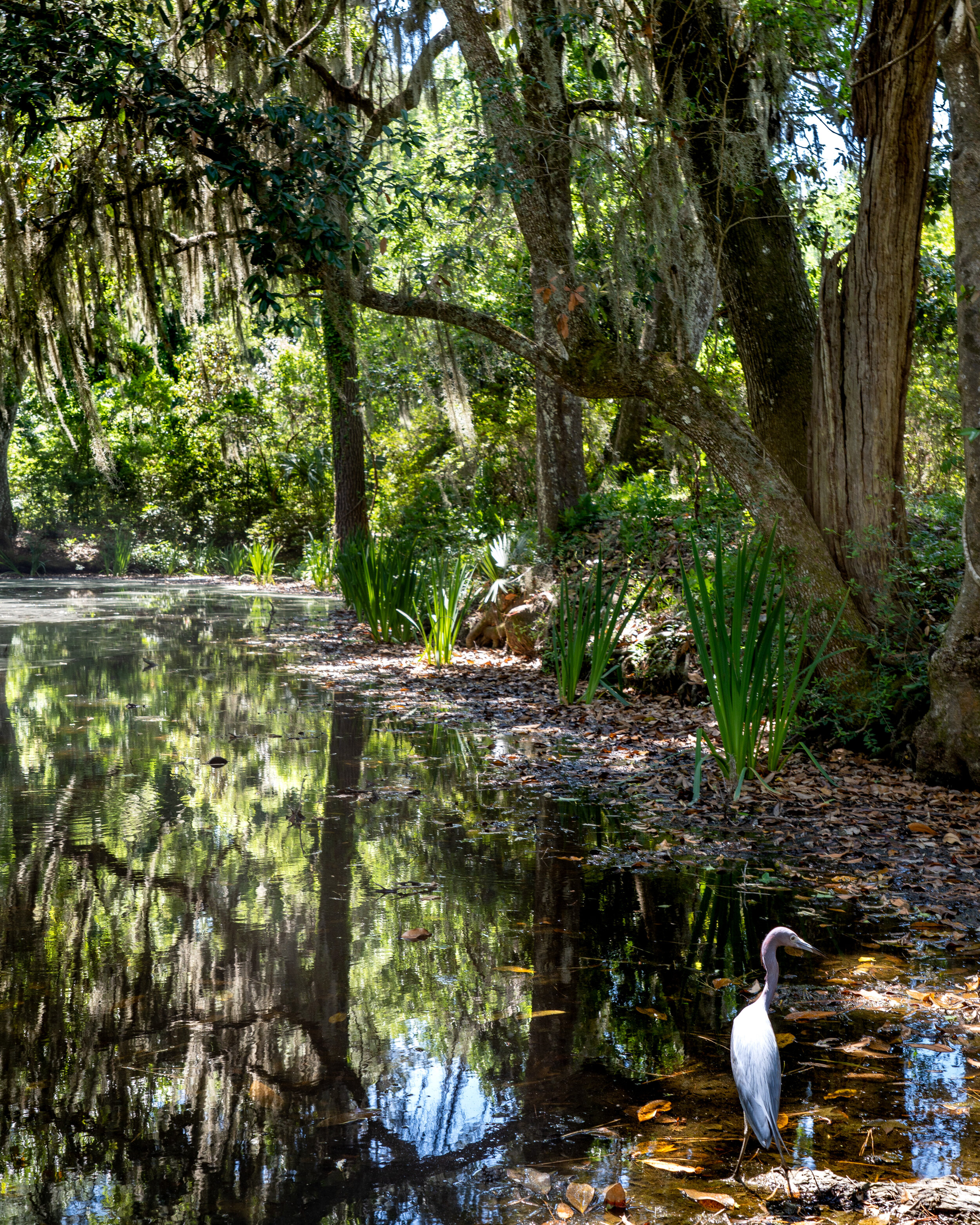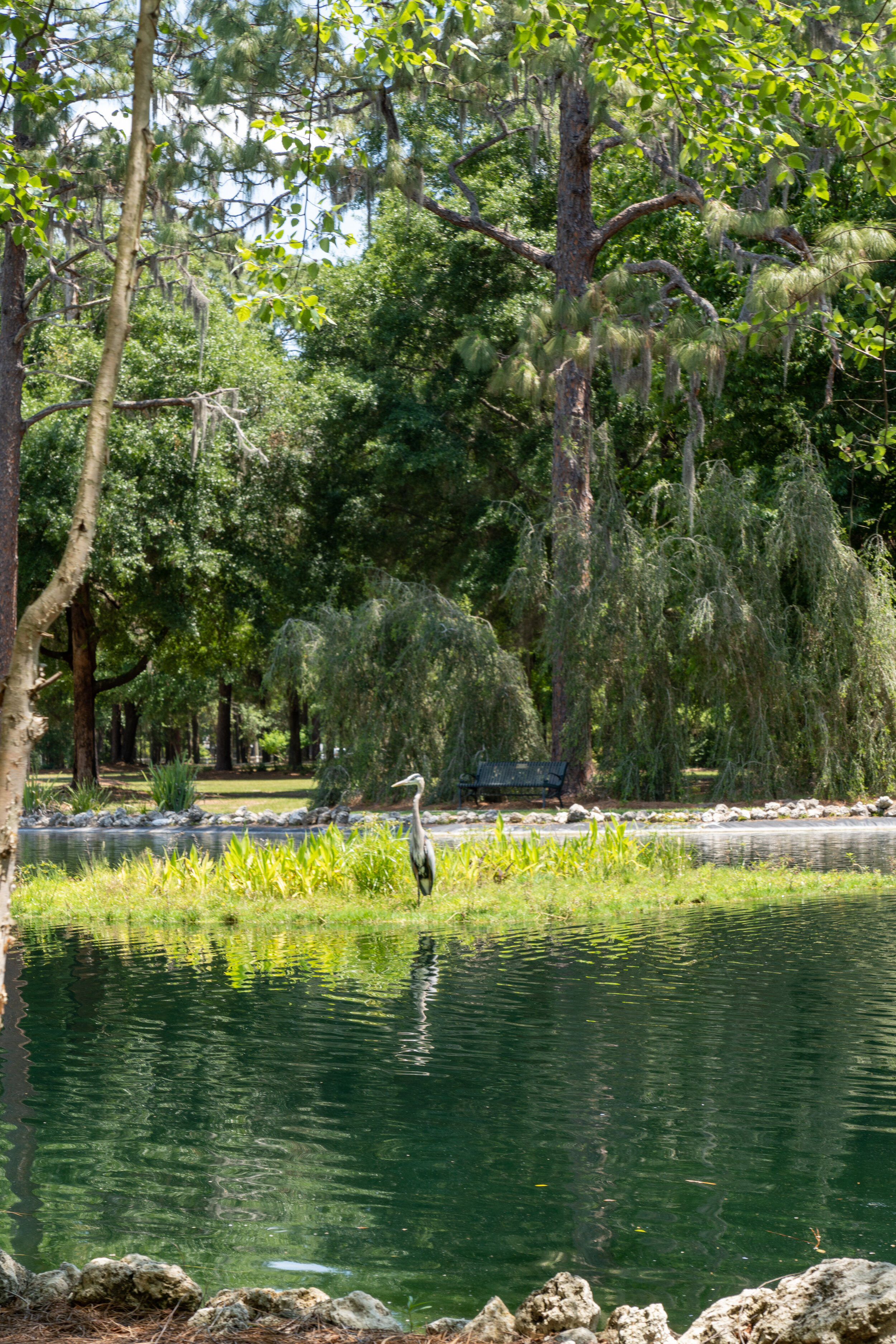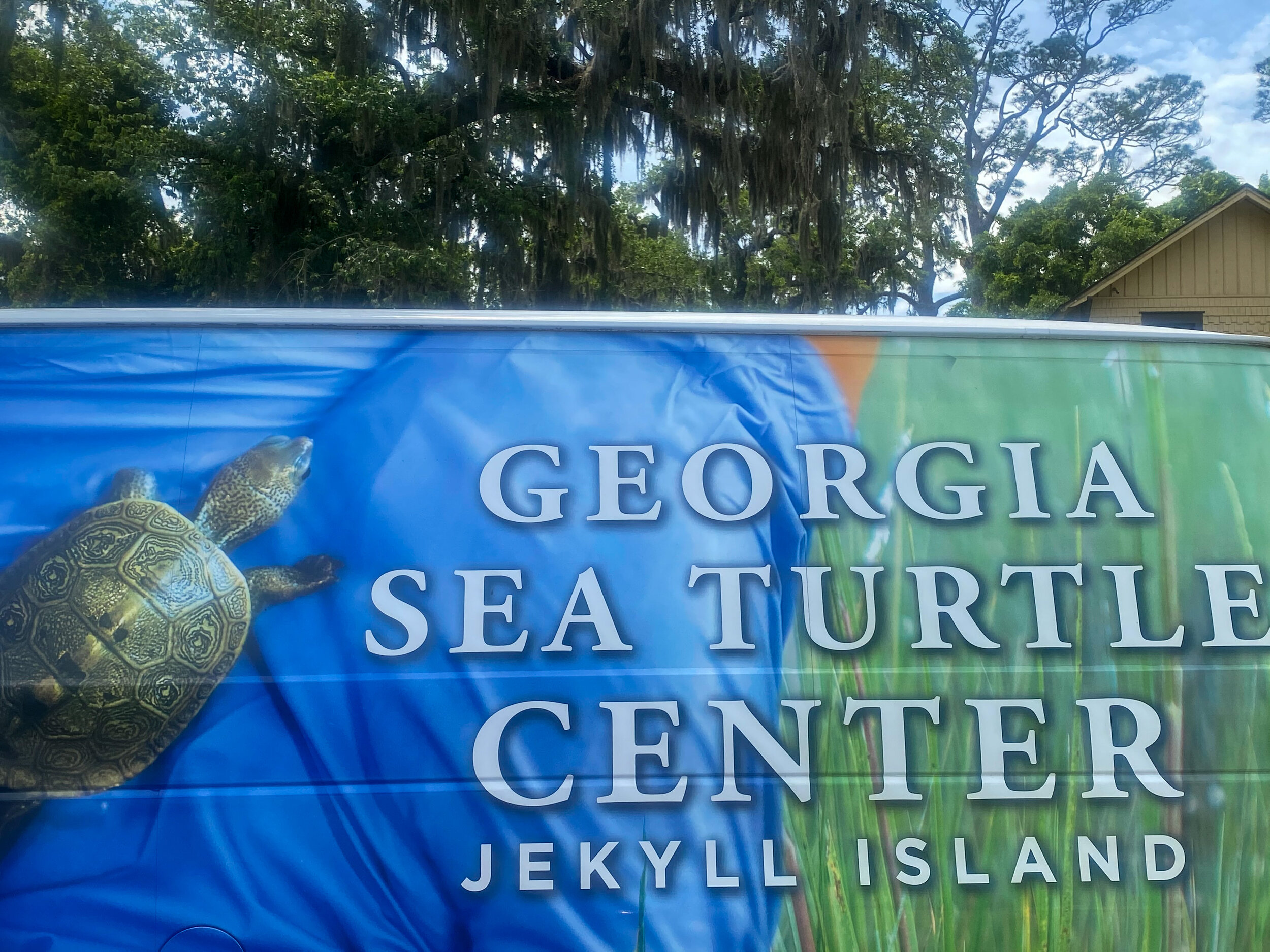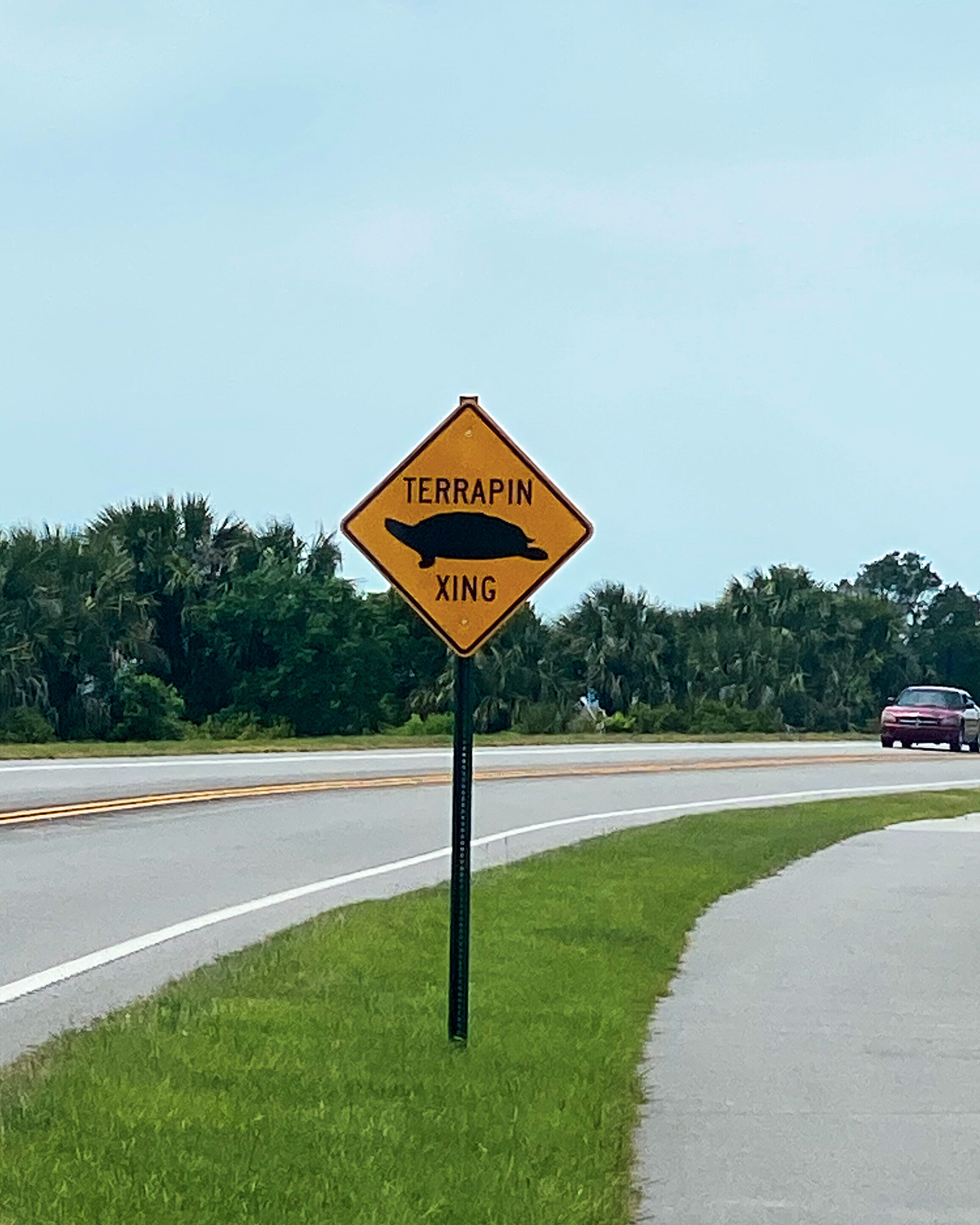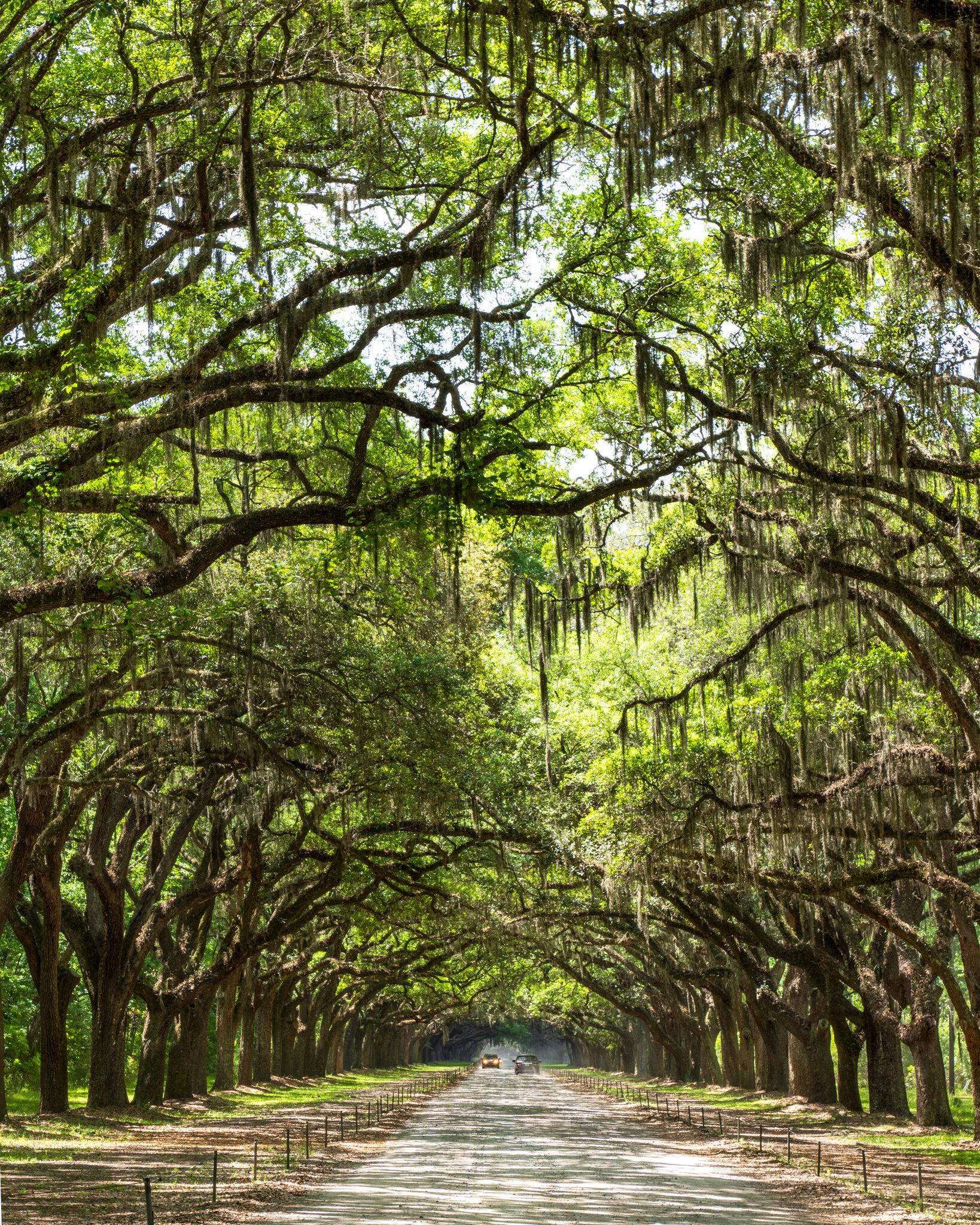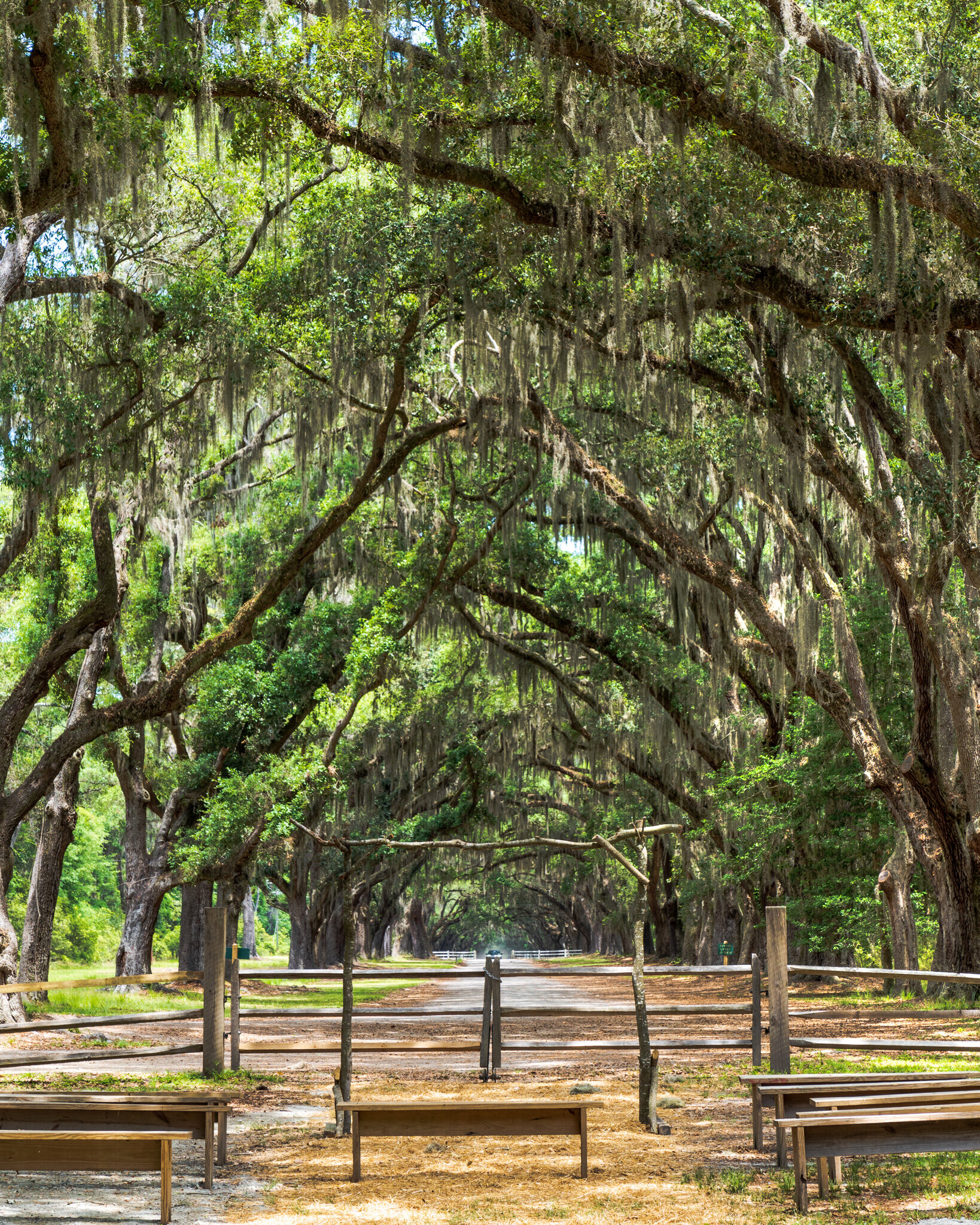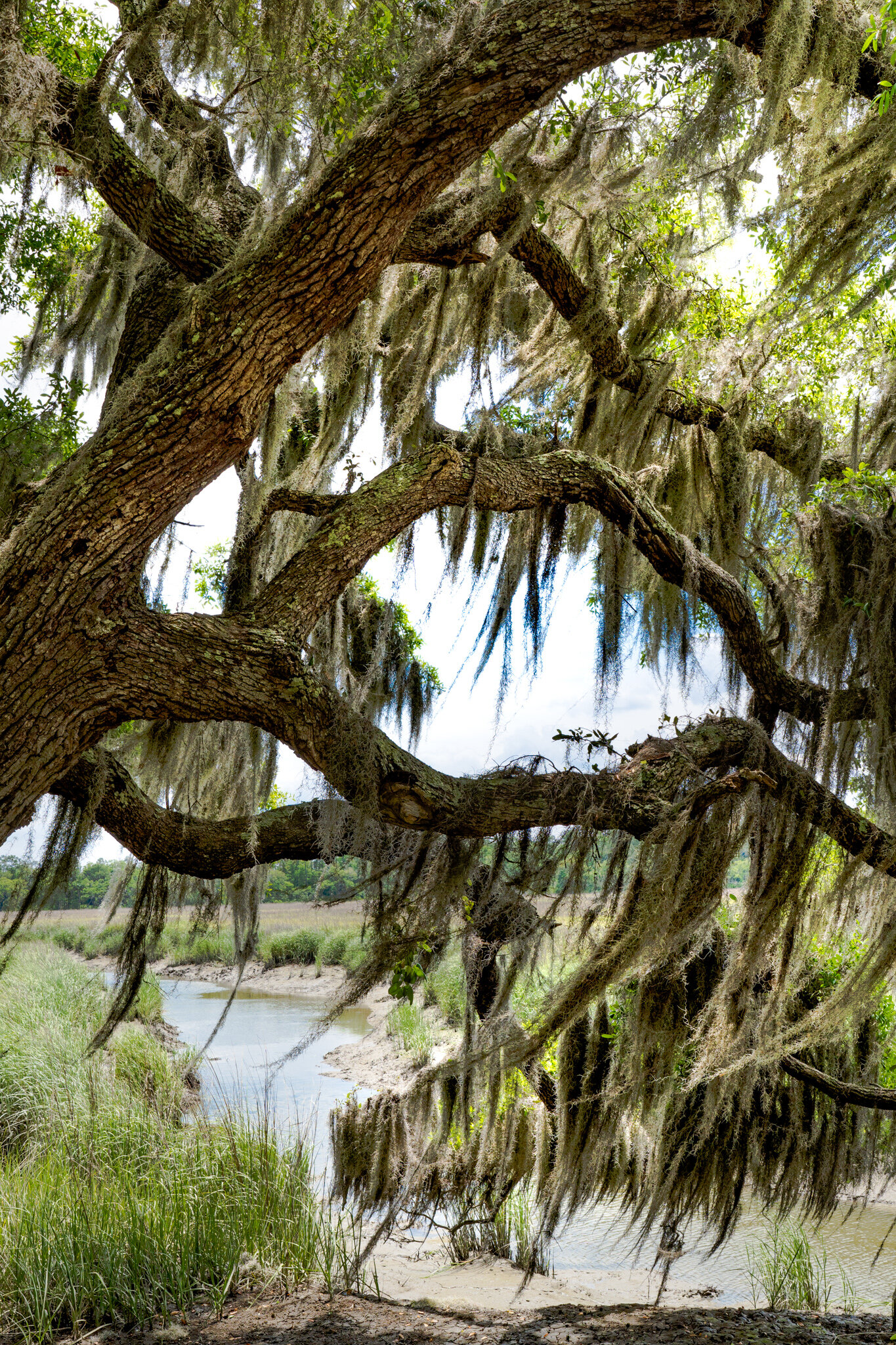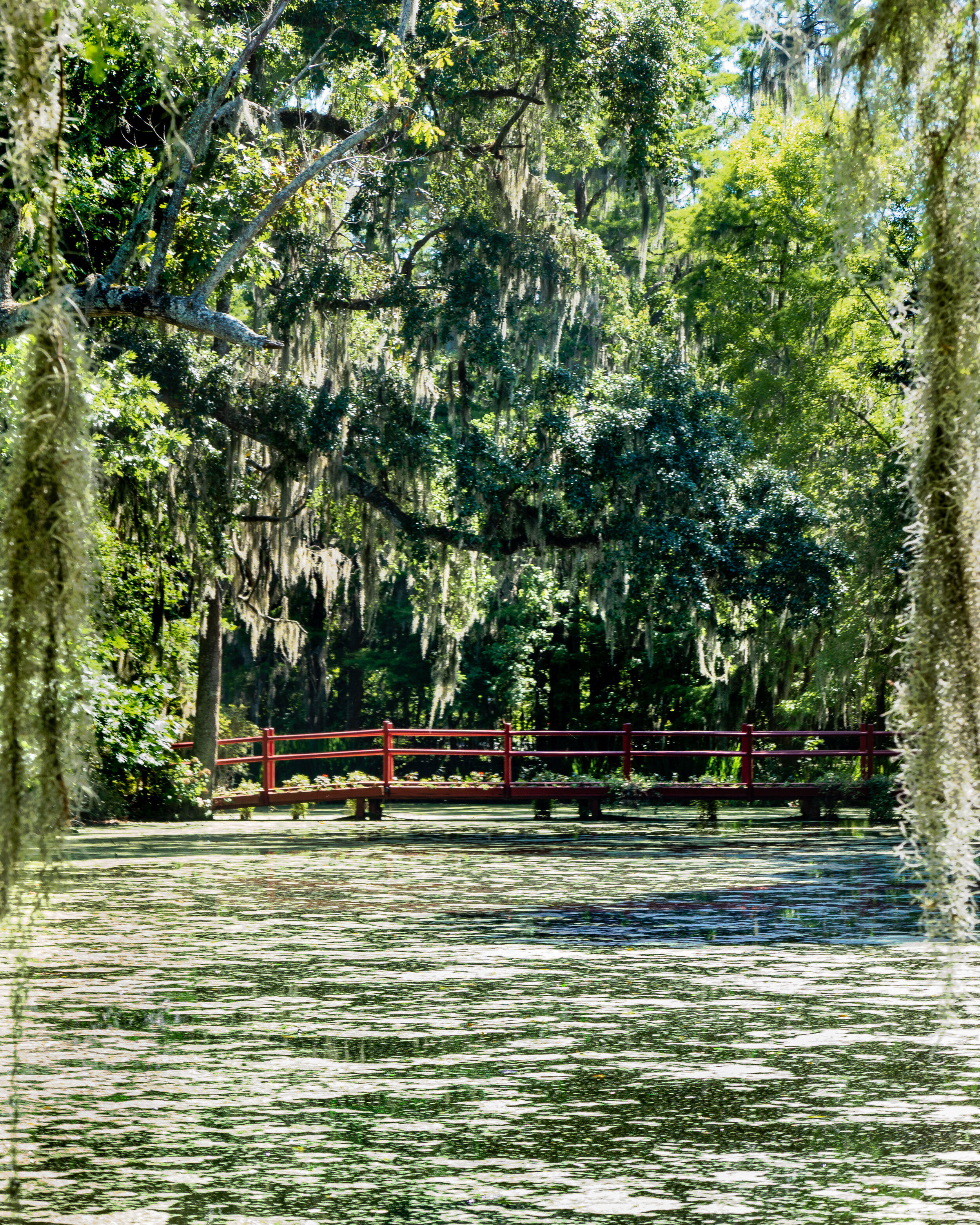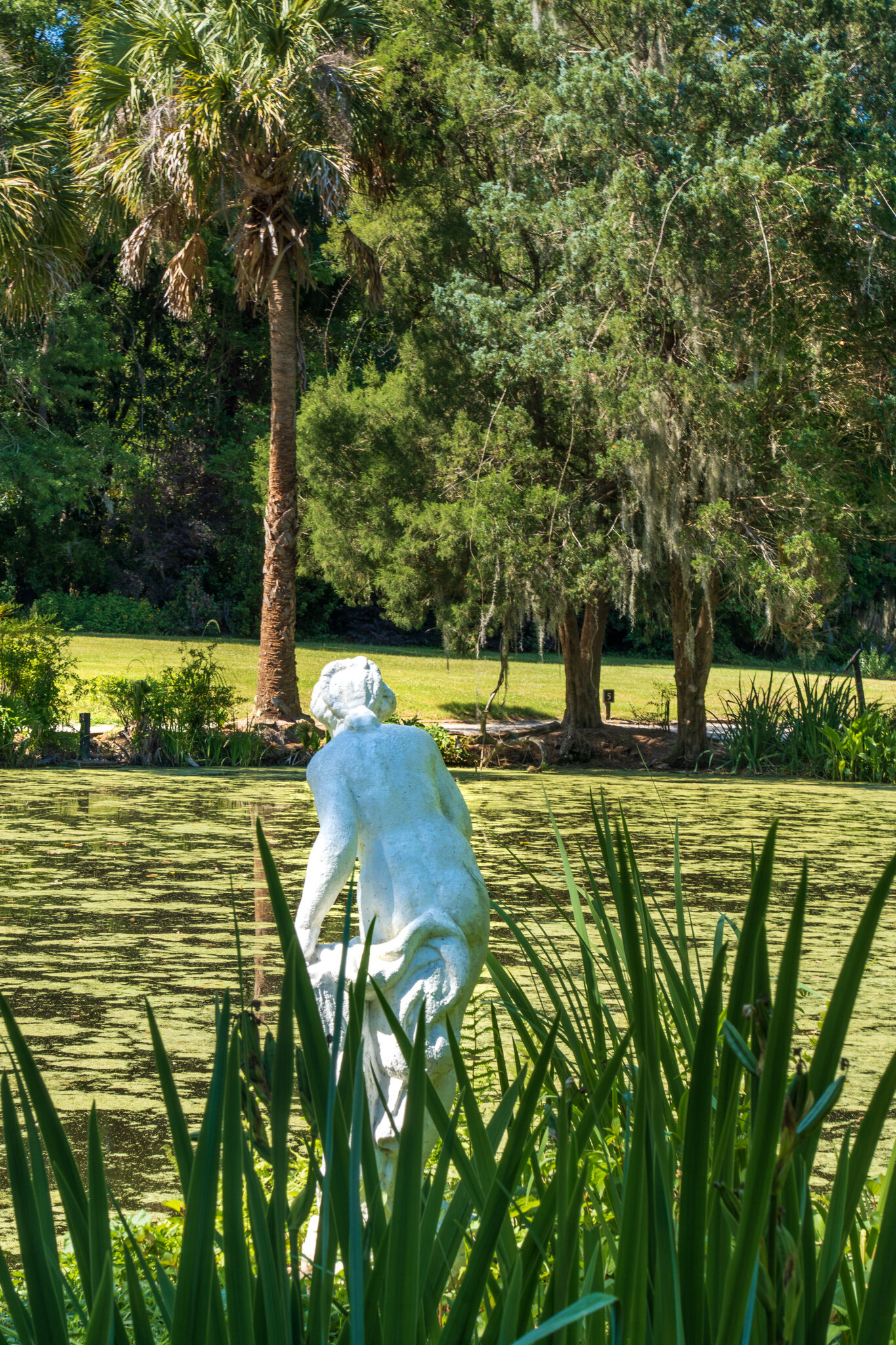Low Country: Charleston and Savannah
The low country is defined by the low-lying regions along the Atlantic coasts of South Carolina and Georgia. Growing up and living on the west coast, I'd only experienced this part of America in books and film. It was a delight to explore the natural landscape firsthand, both magical and romantic. I couldn't get enough of the oak trees covered in Spanish moss blowing in a warm breeze, the spring blossoms of the magnolia trees delighting your senses, and the swamplands drawing you into their mystical wonders. The only other part of the US I could liken the geography and architecture to would be Louisiana and the city of New Orleans, but the Atlantic Ocean and the historical differences drew out the distinctions.
The coast provides a few attractions you should uncover before diving into the cities themselves.
Barrier Islands and Beaches:
The West coast has virtually no barrier islands, so they were a must to discover. You'll drive several miles from the mainland over marshes and creeks to reach these islands. Then to get to the ocean, you'll still encounter pathways with bridges that take you over marshland before giving way to soft, sandy white beaches. Beaches begin with dunes filled with beach grasses blowing in the sea breeze, and as you get closer to the water, tiny shells appear. As you walk out into the ocean, it seems like forever before the water reaches your waistline.
Sea Turtles:
These marshy wetlands are home to plenty of water birds and alligators, but it was the sea turtles, or terrapin, that I found fascinating. We stopped at the Georgia Sea Turtle Center on Jekyll Island to learn about these endangered species. The mother turtles come ashore in May to lay their eggs but do so at night. For turtle spotting, the best time to visit would be in early June to hopefully view the tiny little babies making the way back to the ocean.
Plantations:
Most of the plantations reside outside of the cities. I was drawn to them to explore their natural beauty, but certainly, they provide historical significance. For me, the most picturesque were Wormsloe (near Savannah) and Magnolia (near Charleston), but if you are looking for more focus on history, seek out Middleton Place and Boone Hall. With acres of grounds and gardens to uncover, you'll find diverse habitats. In late March, the floral in this region buds and is in full bloom in April; we caught the end of the blooms in early May.
Wormsloe:
Magnolia:
The Tale of Two Cities:
Charleston and Savannah, although in different states, are only 100 miles from each other. Both have similar geography, residing on rivers near the coast protected by barrier islands; both are the oldest cities in their respective states, which are part of the original colonies. Both have done fantastic work in preserving their famed 18th and 19th-century architecture. Since it's an easy jaunt between the two, why not discover both? The differences come down to the look and the feel of each city.
Charleston Travel Guide
Savannah Travel Guide
Travel Tips:
I discovered these How-To books, which are easy reference guides to understand history through architecture. You may find them interesting while exploring these historical cities. I use the Church book often, and it’s small enough to throw in your backpack/purse/camera bag for a quick source of information.
How to read Churches, Buildings, and Homes
We used a new application while in Savannah, providing all the sites for you to pick, choose, and map your route. It gives turn-by-turn directions and a site description, perfect for a self-guided tour.

